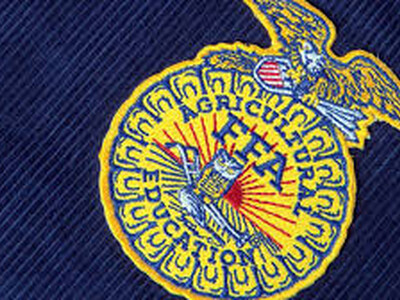Mange Introduction
Results show that a more severe mange infection could increase heat loss by around 1240 to 2850 calories per night which represent roughly 60-80 percent of the average wolf's daily caloric needs."That lost heat has to be replaced, otherwise the wolves' core body temperatures would be getting colder," said Paul Cross, USGS ecologist and lead author of the study. "To replace that lost heat wolves would need the equivalent of about two to four extra pounds of elk meat per day."
Sarcoptic mange, present in one of 10 known packs in Yellowstone as of 2015, is a skin disease caused by a mite that burrows into the skin, causing irritation and scratching that then leads to hair loss. Paul Cross, is a USGS ecologist and lead author of a study wherein researchers engineered remotely-triggered thermal camera for use in Yellowstone to record the surface temperatures of wolves with and without mange-induced hair loss. Those images could then be compared with images from healthy, captive wolves. In addition, field crews observed or photographed all radio-collared wolves and their pack mates for the purpose of recording infection status. but mange headache curious introduction to Yellowstone according to researcher Cross. "Mange was introduced to Yellowstone as a means of eradicating wolves in 1900. State veterinarians in Montana introduced it to coyotes and then it was transferred to wolves after their reintroduction.
Results show that a more severe mange infection could increase heat loss by around 1240 to 2850 calories per night which represent roughly 60-80 percent of the average wolf's daily caloric needs.
"That lost heat has to be replaced, otherwise the wolves' core body temperatures would be getting colder," said Paul Cross, USGS ecologist and lead author of the study. "To replace that lost heat wolves would need the equivalent of about two to four extra pounds of elk meat per day."














